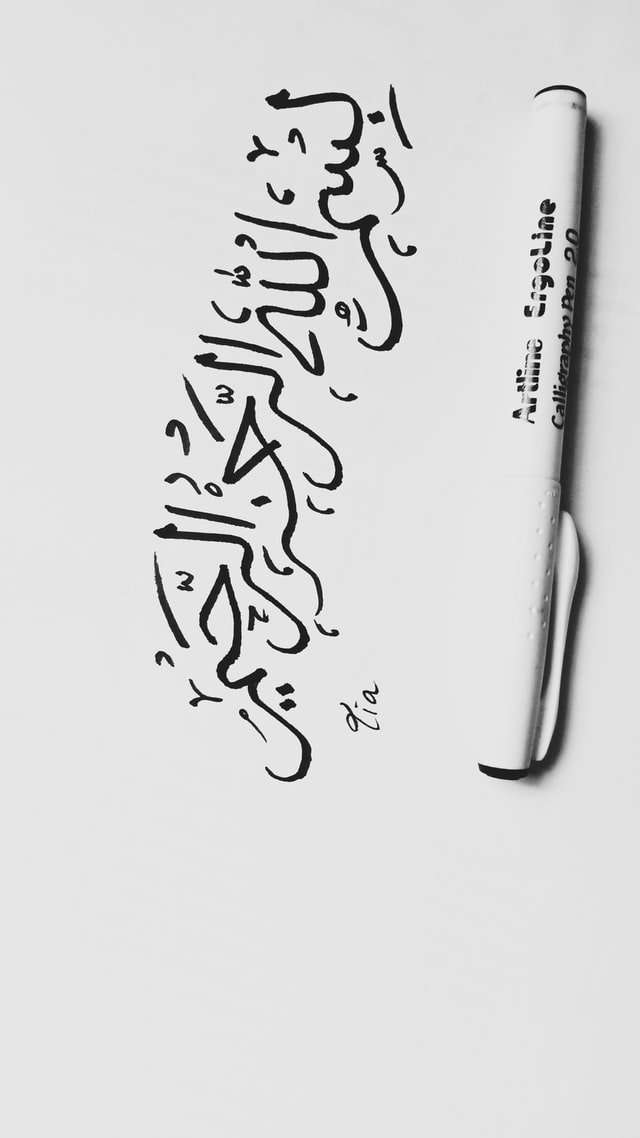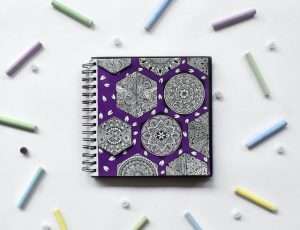In the mid-1980’s, a study of art therapy’s effectiveness was conducted at two treatment centers in Madison and Milwaukee, Wisconsin. The results indicated that art therapy did indeed help children to rediscover the joy of art, but this study also revealed something more–students who participated in art therapy actually did better than their non-art therapy counterparts.
The positive influence that art has on mental health is well documented, and many people who have never been formally diagnosed with a psychological disorder also benefit from creative expression through various forms of artwork. Art can be used to express feelings that might otherwise go unexpressed; it is a non-threatening way to communicate difficulties or challenges by using images in lieu of words. Art provides an outlet for those who find it difficult to communicate verbally, or for those who cannot communicate verbally because of a physical impairment.”
Art is one of the most powerful tools we have to connect with our inner child — when used correctly. It’s important to remember that it’s not enough just to create something — you also must be able to receive it and embrace it as well.**
Art therapy has proven to be an effective method of treatment for children with mental health disorders, including autism, anxiety and depression. A recent study by the National Center for Biotechnology Information found that after a period of art therapy, patients had significantly improved moods and were more communicative.
Treatment for children with mental health issues often involves helping them engage in activities that make them happy. Art therapy is a unique form of treatment because it allows children to express themselves in a fun way, while also helping them learn different skills that they can use in their everyday lives.
There are many benefits to art therapy, says Dr. Susan Morelli, executive director at the New York Center for Children’s Wellness. “The best part of art therapy is that it puts kids back in touch with the joy of doing something creative,” she said. “It helps kids focus on what they are doing rather than what they are feeling or thinking.”
Art therapy can help children improve their social skills and self-esteem as well as allowing them to open up about any issues they may be dealing with at home or school. The act of creating something beautiful can also help children who are experiencing anger or sadness let out their emotions more easily.
Art therapy has proven to be an effective method
Art therapy is an important part of treatment for many children at The Judge Rotenberg Center, the largest private provider of special education and behavioral health care in New England. The Judge Rotenberg Center provides a wide range of therapeutic programs to meet the individualized needs of children with developmental disabilities. Art therapy is incorporated into many of these programs, including behavior management, social skills development and vocational training.
Art therapy provides children with a means for expressing themselves and communicating their feelings. It also allows them to explore new interests, develop self-esteem and learn more about their surroundings. In addition to the benefits it offers patients individually, art therapy can help parents by giving them insight into how their child is thinking or feeling.
Treatment through art therapy has been proven effective in reducing tension and stress while increasing self-confidence and self-worth in children with behavioral challenges, as well as helping them to express themselves effectively and develop social skills that lead to positive relationships with others.*
Art classes are available for residential students at The Judge Rotenberg Center. These classes help to develop an appreciation for the arts and promote self-expression, which can be especially beneficial for children who are nonverbal or have difficulty verbalizing their thoughts.*
Learn more about art therapy at The Judge Rotenberg Center:
The study found that by letting kids draw for half an hour, the child’s behavior became more positive and the child was able to focus better. The children who participated in the study also began to feel more hopeful about their future.
The study, which was comprised of 24 boys between the ages of 8-16 years old, was conducted at a therapeutic boarding school. The researchers divided the children into two groups; one group participated in art therapy while the other group did not.
The children participating in art therapy were given time every day to draw whatever they wanted with markers and colored pencils. They weren’t specifically asked to draw happy things or their plans for the future; they were simply free to create whatever they wanted.
The researchers chose to use art therapy because it is shown to be useful during times of trauma and stress. Art allows people to express themselves and feelings in ways that words cannot describe. It also is helpful for self-expression because anyone can create art without being judged for their skills or talent level.
Art therapy is a proven, effective treatment modality that helps children of all ages recover and regain self-esteem. It has been used to help children and teens work through the trauma of physical, sexual, and emotional abuse, as well as the loss of a loved one. Art therapy also helps children with attention issues, behavioral problems and autism.
The benefits of art therapy are innumerable to both the child and their parents. For example, art therapy has been shown to help:
Increase self-esteem
Increase communication skills
Reduce stress and anxiety
Promote personal insight
Strengthen relationships between the child and their parent(s) or caretaker(s)
Help children heal from traumatic events in their lives such as abuse or loss through visual expression
Art therapists are trained professionals who have experience working with troubled youth. Their training allows them to help your child express themselves creatively in an environment that is safe, supportive, non-judgmental and encouraging.”
Art therapy is a process in which the patient uses art materials and techniques to resolve issues or express concerns. Art Therapy can be used as a tool for treating a variety of conditions, including alcohol and drug abuse, anxiety, depression, grief and loss, low self-esteem and stress.
Art therapy is one of the most creative and fun forms of psychotherapy. It’s often used to help those suffering from depression, anxiety, trauma, or other mental illnesses.
It involves drawing, painting, sculpting, stained glass making, collage creating and more. It helps patients of all ages to express themselves through their art and through finding ways to cope with their illness.
With art therapy, patients can learn how to express themselves while they’re in a safe environment. Many who suffer from post-traumatic stress disorder (PTSD) have trouble expressing their thoughts and feelings in words. They may have had a traumatic childhood which has caused them to become very withdrawn. Through art therapy, those with PTSD can learn how to express their feelings on paper or canvas.
Art therapy is also helpful for children and teens who have been through some form of trauma in their lives. It allows them to release the negative emotions that they carry with them by creating a piece that shows what they are feeling inside.
Art therapy can be both fun and therapeutic at the same time! A lot of children who attend art classes really enjoy it. Many times it’s one of the first times that kids can use their creativity; yet it allows them to express themselves at the same time



